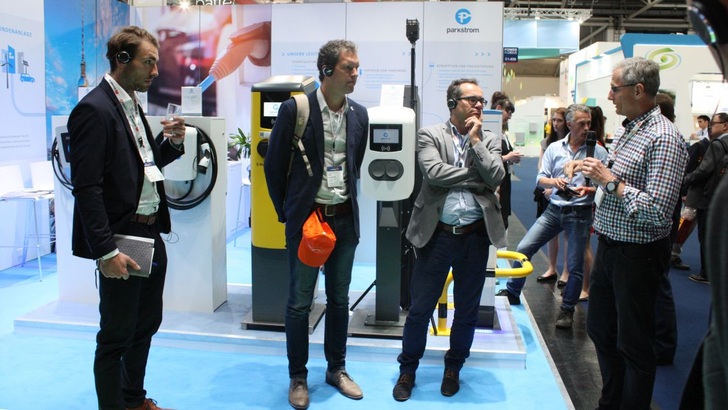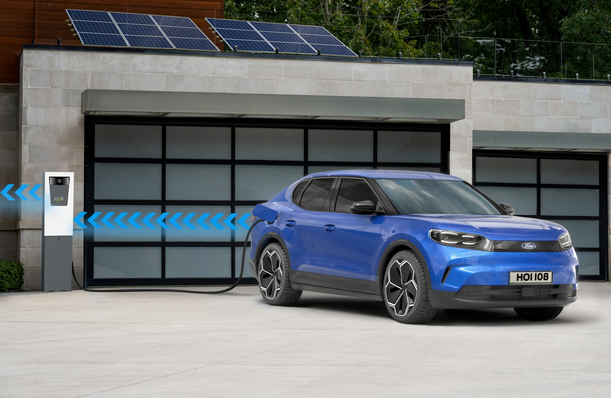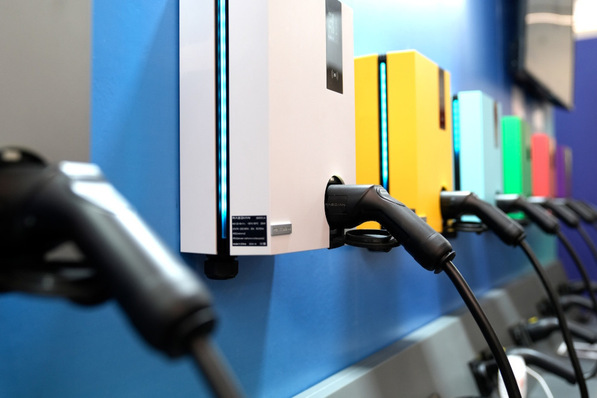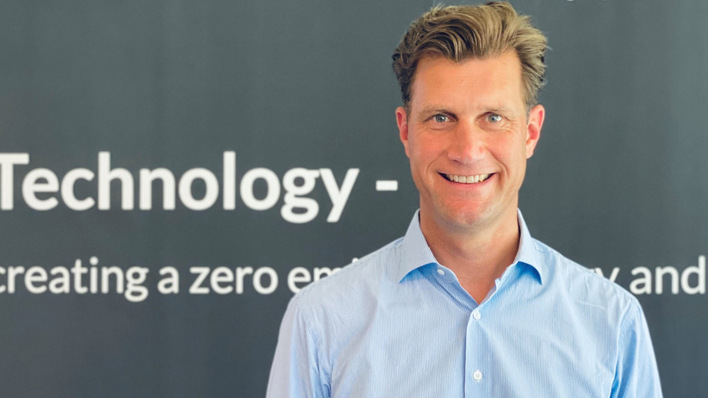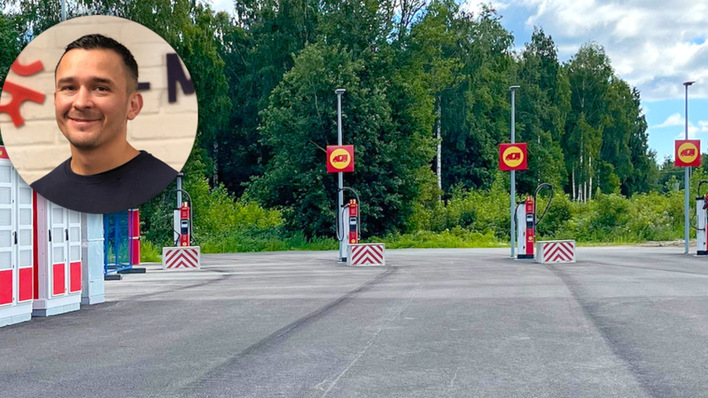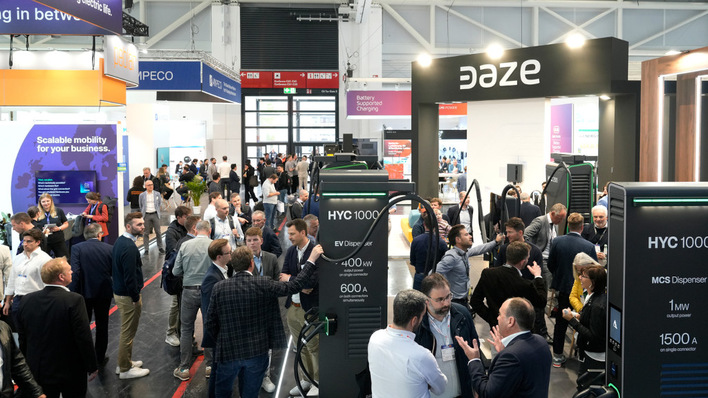In addition to the Intersolar and the storage fair EES Europe, this year saw the first iteration of the new trade fair Power2Drive. As many as 148 manufacturers presented their innovations for charging infrastructure and electric mobility. And the accompanying conference and the forum provided deeper insights on the topics of the industry.
Just to be clear: The Power2Drive was not an automobile show – and was never meant to be. It was actually about the integration of electric mobility into supply systems based on renewables, chiefly solar and wind power. Munich demonstrated beyond doubt that environmentally friendly mobility will be the overwhelming trend of the next few years. And it will strongly encourage further capacity additions in photovoltaics and storage worldwide.
Globally the first third
A first highlight even before the fair had started was the opening talk of Michael Liebreich, founder of the UK-based Bloomberg New Energy Finance. As part of his interesting talk he showed that the transformation was already underway and were going to be massive. Hundreds of thousands of EVs and millions of charge points would be added in the next few years. Half of these installed by the private sector.
By 2030, the share of EVs could reach one third of all newly registered vehicles – and the energy demand would increase accordingly.
Large-scale charging parks on the way
Expanding charging infrastructure, new ideas and solutions for efficient charging, payment modalities and both innovative and user-friendly business models were the dominating topics of the trade fair as well as the conference. “E-mobility is a key aspect of the energy system of the future,” Jonas Magdefessel, project manager at Kreisel Electric from Austria. “Even if it is still in its infancy, it represents a huge market.”
It was most about charging parks with more than 96 charging points. The focus is on smart control as well as load management in concert with battery storage and large-scale PV installations and wind parks.
The goal: faster charging
For electric mobility to make it big, charging rates will have to come up significantly. Many manufacturers are working on innovative solutions to allow charging at 350 kilowatts. Within just a few years a new industry has arisen that will pave the way to a mass market for fully electric vehicles.
And even the large car makers are making a move. Porsche Engineering uses 800-volt charging systems to fill automotive batteries with power using the strongest possible outputs. Together with the battery manufacturer Ads-Tec, Porsche has developed a 320-kilowatts (DC) rapid charging system, which they presented this year.
And high-performance chargers were a key aspect of the conference as well. Ralf Martin Müller, project manager at Enercon presented a variety of options for integrating rapid chargers into the power grid.
More than just electric cars
Vehicles were indeed a constant presence at this year’s fair, for instance at Tesla or Kreisel and as part of the special exhibit next to the indoor test track. The variety of conveyances and models clearly showed that it was not just about cars: Pleasure boats, ferries and yachts are also being electrified, along with (motor) bikes, lightweight vehicles, specialised vehicles, HGVs and busses. There already are the first electric planes and helicopters.
The Testdrive allowed visitors to try out electric cargo bikes, scooters and a broad range of other vehicles. This part of the Smarter E still seemed a little underdeveloped. But that is sure to change by next year. By then, there will be even more vehicles and this part of the exhibition will have grown.
Visitors having more fun
Furthermore, it has no place at the fringes of the trade fair, but should be at the heart of it: Even a highly technical exhibition thrives on a sense of fun and curiosity. The the way that the EVs that were presented drew crowds demonstrated that there is lively interest all around.
The market for electrified vehicles is massive. Munich Technical University predicts that by 2030 there will be about eight million EVs in Germany alone. Currently that figure stands around 130,000. Of course, a precondition is a sufficient availability of charging stations. By 2030, there are supposed to be about 4.7 million charge points in Germany, including 200,000 rapid chargers and 2.5 million in private hands. By comparison, as of September 2017, there are 4,730 public chargers.
In conclusion: Having the Power2Drive as a new trade fair along with the Intersolar and the EES Europe was a brave decision. But the concept was received very favourably by exhibitors and visitors alike. “We have had very good feedback,” Markus Elsasser, CEO of Solar Promotion, confirmed. “We are getting great feedback from everywhere, telling us that we are one the right track.”
Next year’s Power2Drive and its accompanying events will be from 15 to 17 May 2019 at the Munich Exhibition Grounds. (HS)
Watch our PV Guided Tour on e-mobility and solar energy storage:
https://www.pveurope.eu/Videos/pv-Guided-Tours-videos-2018
Stay informed, get our newsletter twice a week.
Register here: https://www.pveurope.eu/Newsletter
Read more about solar modules.
Read more about solar mounting systems.
Read more about solar energy storage.


